- DAM (Digital Asset Management)
- Data Studio
- Data transfer
- Data visualisation
- DCO (Dynamic Creative Optimism)
- Dedicated IP
- Deep linking
- Deep web
- Description tag
- Disintermediation
- DKIM (DomainKeys Identified Mail)
- DMP (Data Management Platform)
- DNS
- Dofollow links
- Domain authority
- Domain name
- Doorway domain
- Doorway page
- Drip nurturing
- DSP (Demand-Side Platform)
- Duplicate content
- Dynamic content
DAM (Digital Asset Management)
When you’re handling many digital files on a daily basis, DAM may come in handy. This process helps you store and categorize your digital assets easier, so that you can access them at any time from one place.
Data Studio
A free tool from Google that lets users make custom reports with data from Google’s marketing services and external sources.
Data transfer
The total amount of outbound traffic from a website*, typically measured in gigabytes (Gb).
Data visualisation
Using graphics in order to visualise data points more effectively. Infographics, charts, and maps are effective data visualisation options, but you can be as creative as you like.
DCO (Dynamic Creative Optimism)
A display ad technology that creates personalised ads based on data about the viewer at the moment of ad serving.
Dedicated IP
An IP address dedicated to a single website.
Deep linking
A link to a webpage which is not the site’s homepage. It might instead go to specific related content, such as campaign landing page or blog post.
Deep web
(see invisible Web)
Description tag
An HTML tag used by Web page authors to provide a description for search engine listings.
Disintermediation
Cutting out the middle man in a transaction chain. This means going straight from supplier to consumer.
DKIM (DomainKeys Identified Mail)
DKIM (DomainKeys Identified Mail) adds a digital signature to your outgoing emails. It ensures that your emails are not tampered with during transit and verifies that they originate from your domain. Think of it as a seal of authenticity for your email. When your customers receive emails from your company, they can trust that the messages truly come from you and haven't been altered along the way.
DMP (Data Management Platform)
A unified technology platform used for collecting, organising, and activating large sets of data from different sources.
DNS
The scheme used to resolve domain names
Dofollow links
A link to another website with a rel=”follow” HTML attribute. This means that these links pass authority and therefore have a positive impact on a website’s search engine rankings.
Domain authority
A score (developed by Moz) between 1 and 100 and given to a website based on how much authority it carries. The higher the better. This score is worked out based on elements such as the number and quality of backlinks.
Domain name
The part of a network address that identifies it as belonging to a particular company or organisation. No two websites can have the same domain name. For example, in the web address https://www.koozai.com/case-studies/ the domain name is ‘koozai.com.’
Doorway domain
A domain used specifically to rank well in search engines for particular keywords, serving as an entry point through which visitors pass to the main domain.
Doorway page
A page made specifically to rank well in search engines for particular keywords, serving as an entry point through which visitors pass to the main content
Drip nurturing
Is a lead nurturing method that uses automated tailored content & triggers that are ‘dripped’ at a specific time with the goal of driving a desired action (e.g.: a sale). Drip campaigns or drip emails are usually used here.
DSP (Demand-Side Platform)
A system that allows buyers of digital advertising inventory to manage multiple ad exchanges and data exchange accounts through one interface.
Duplicate content
Content which Google sees as the same or very nearly the same appearing on multiple webpages.
Dynamic content
Intelligent web content that changes depending on a user’s actions, including their site behaviour, user data and characteristics.
We create cutting edge, award-winning digital marketing campaigns
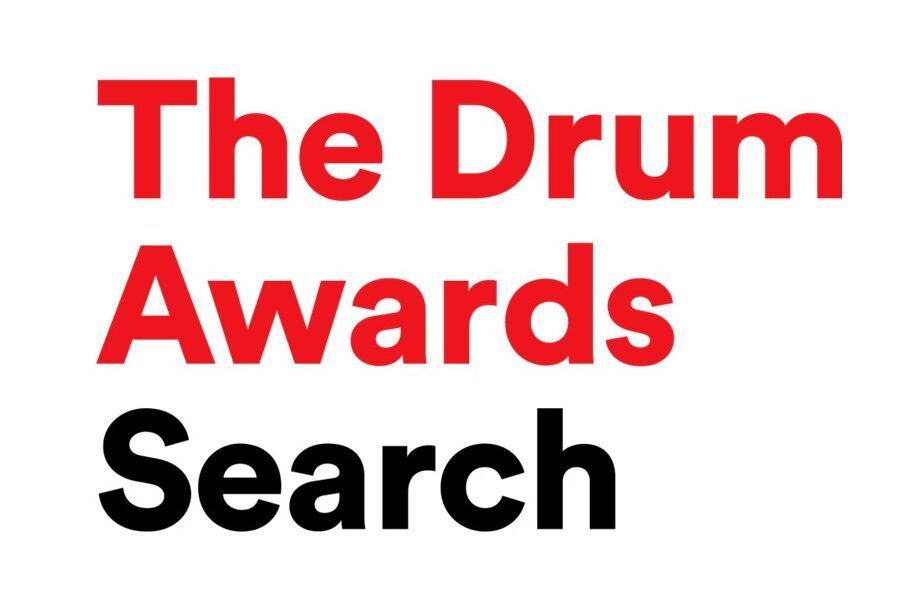

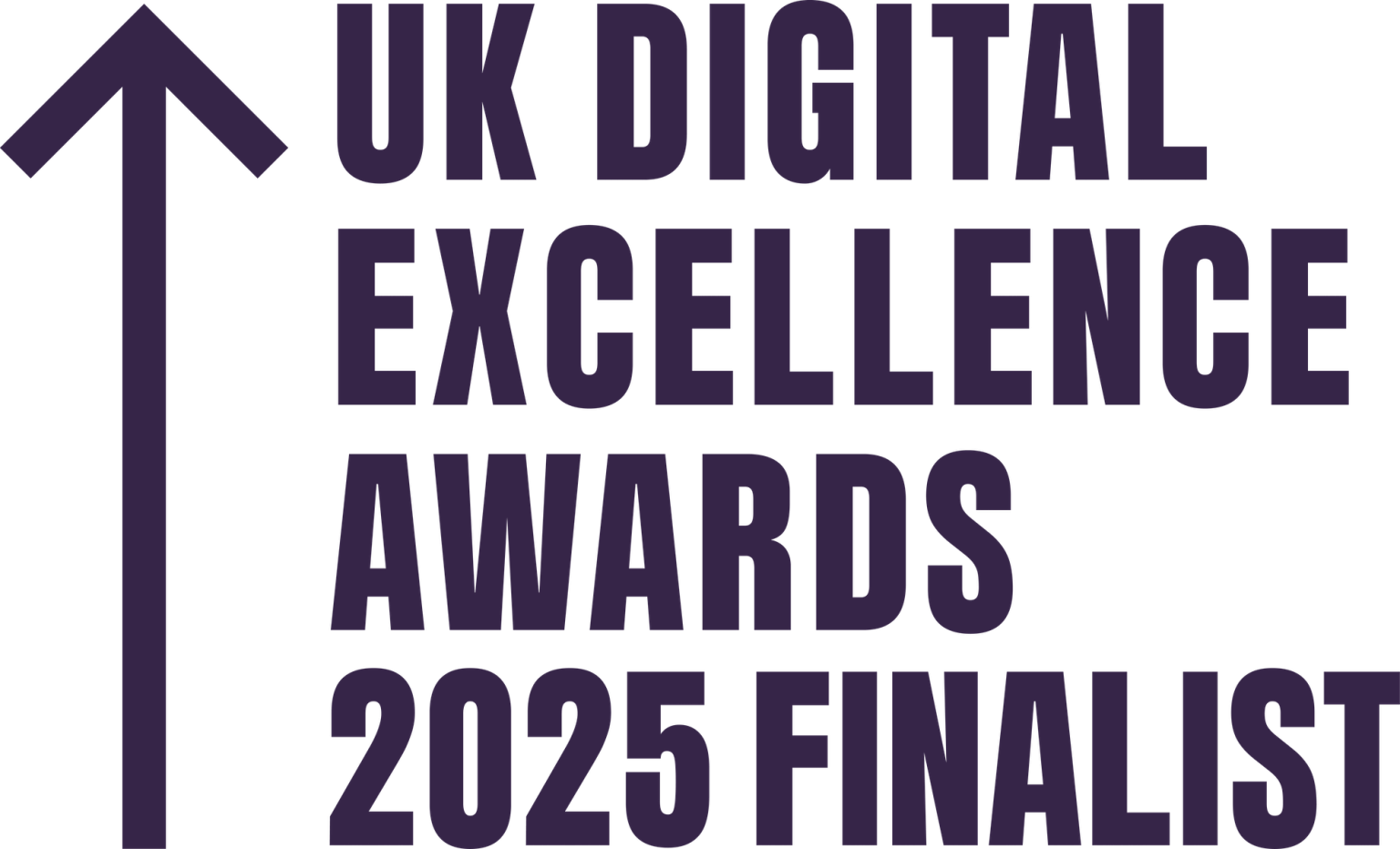




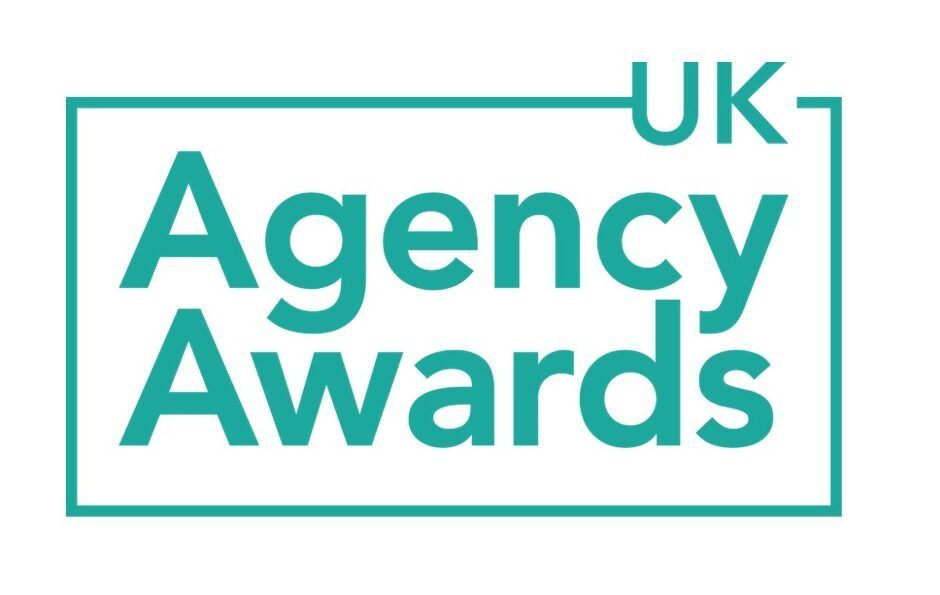
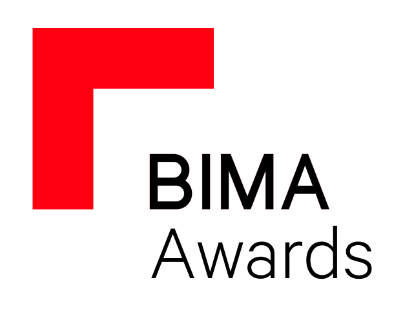
Questions?
Call us on 0330 353 0300, email info@koozai.com or fill out our Contact Form.
